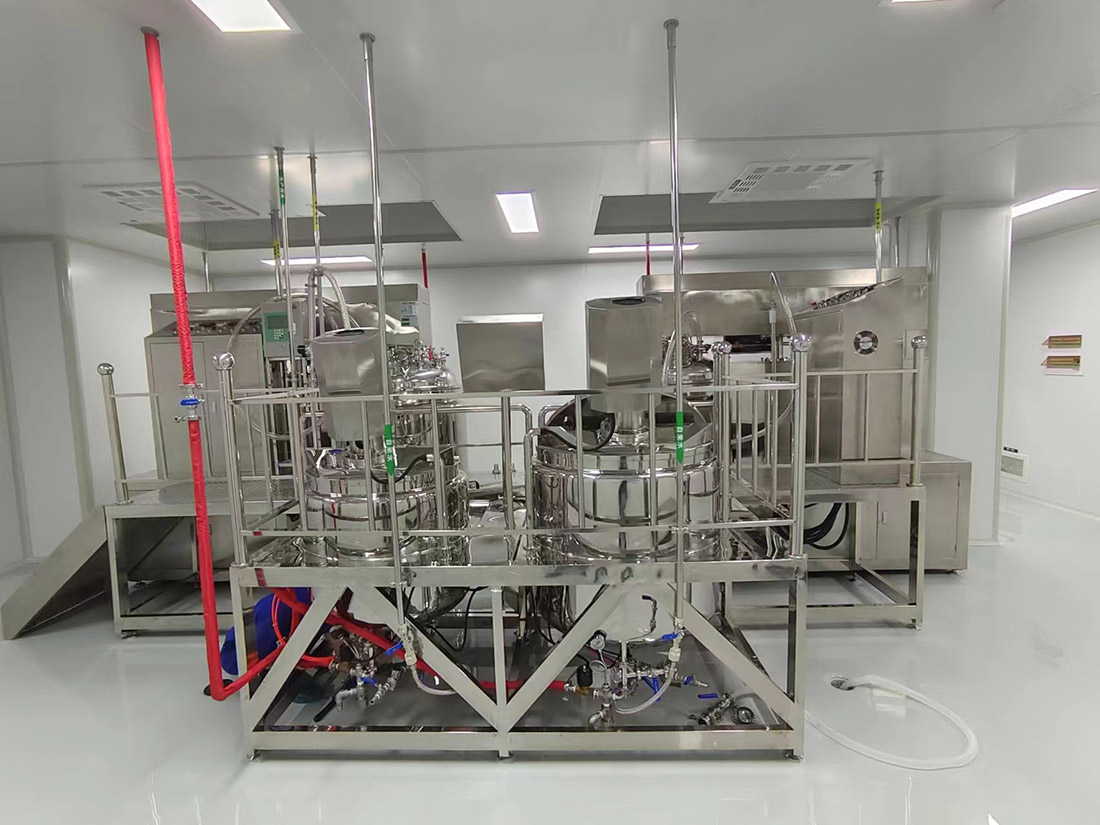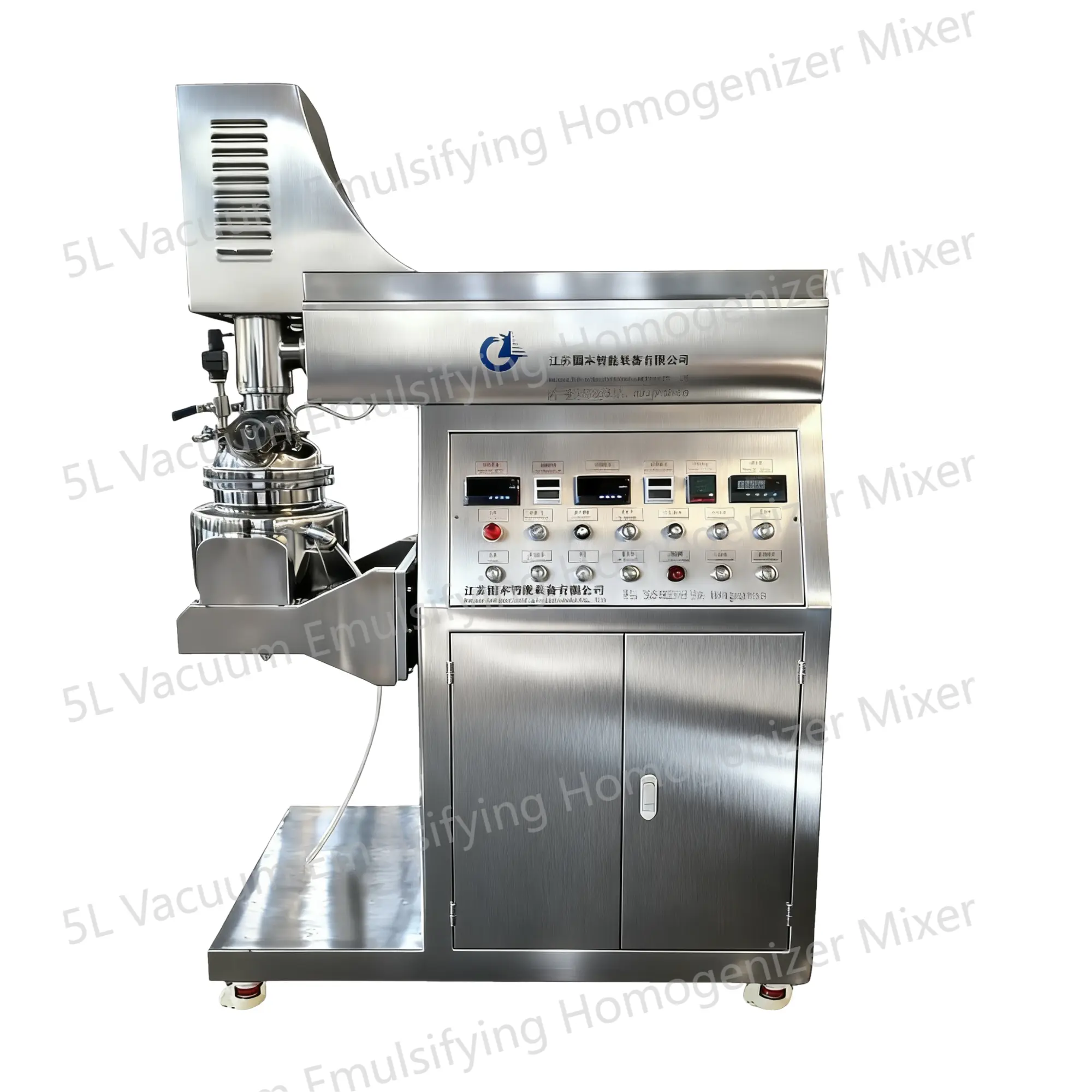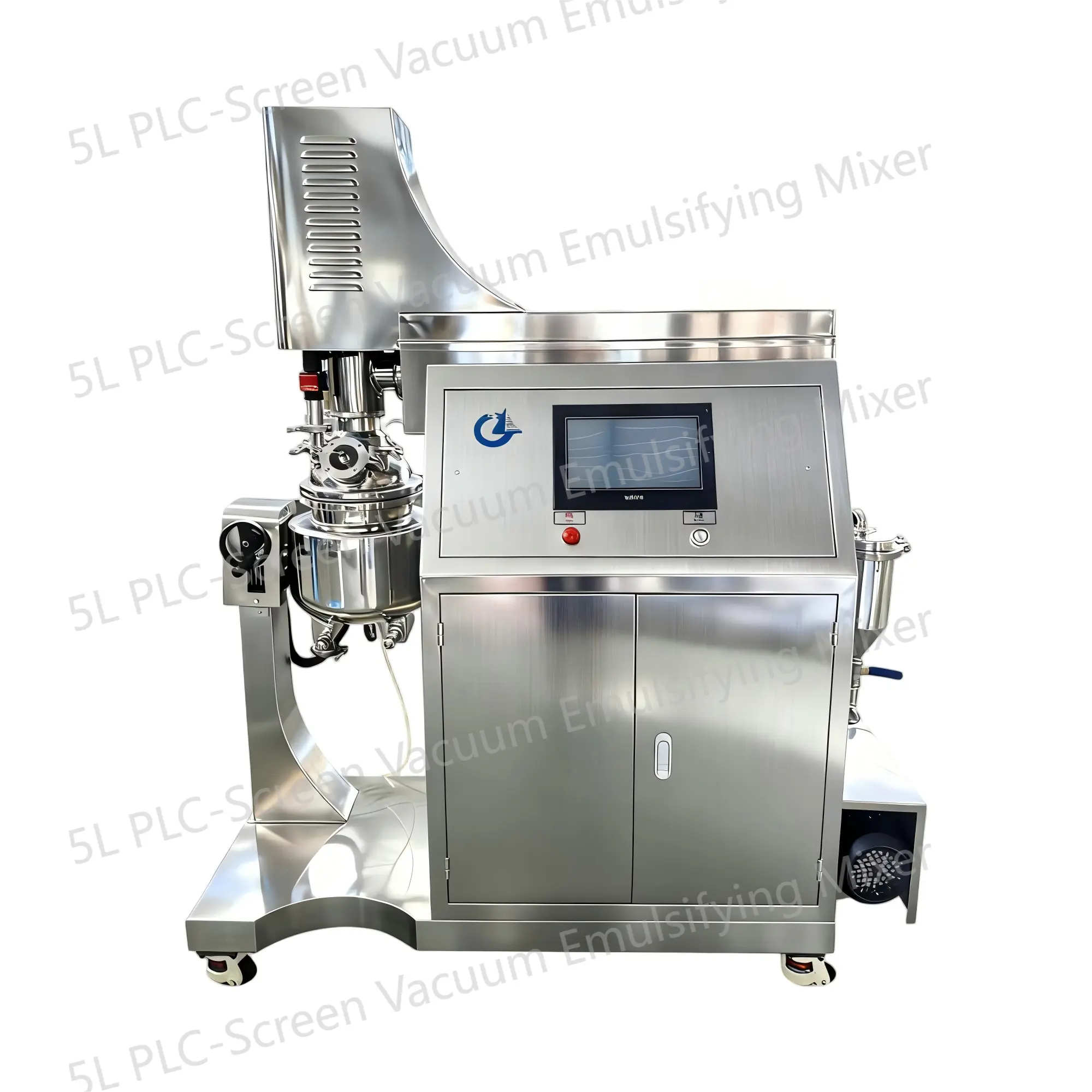How Can Chinese Local Steel Manufacturers Enhance High-End R&D Capabilities for Vacuum Emulsifiers?
As core upstream players in the vacuum emulsifier supply chain, Chinese local steel manufacturers can boost the high-end R&D capabilities of vacuum emulsifiers (focused on optimizing steel-based components and technologies) through targeted measures. Details are as follows:
1. Increase Targeted R&D Investment
As key suppliers of high-quality steel materials and precision steel parts for vacuum emulsifiers, local steel manufacturers should allocate no less than 5% of annual revenue to R&D—with a dedicated portion for emulsifier-specific steel technologies. This includes developing corrosion-resistant, high-temperature stainless steel for emulsifier tanks/rotors and improving precision processing for steel shearing heads (e.g., ultra-fine polishing to boost emulsification efficiency). Sufficient funding supports launching 3-5 new high-performance steel components yearly, laying a solid foundation for upgrading emulsifier performance.
2. Strengthen Cross-Field Talent Building
Recruit Elites with Dual Expertise: Hire 10-15 annual talents skilled in both advanced steel technology (e.g., micro-alloyed steel R&D, CNC machining) and vacuum emulsifier applications (e.g., matching steel hardness with shear force needs). These experts bridge gaps between steel manufacturing and emulsifier tech.
Cultivate In-House Talent: Offer tailored training—such as laser welding for emulsifier steel structures and seminars on emulsifier principles. Encourage participation in academic exchanges on “high-end steel for industrial equipment” to align with industry trends.

3. Deepen Steel-Focused Industry-University-Research Cooperation
Partner with materials science universities (for steel innovation), emulsifier (to understand component needs), and chemical engineering centers (to optimize steel-media compatibility). Jointly tackle key issues like “high-strength steel for high-speed shearing” or “low-friction steel coatings.” Modeled after Shanghai Tofflon, set up joint labs to break through modular steel component design and IoT-compatible steel structures (e.g., sensor-embedded steel parts for real-time monitoring).
4. Enhance International Cooperation in Steel-Emulsifier Integration
Collaborate with global advanced steel firms and emulsifier tech providers to import expertise: e.g., food-grade 316L stainless steel (low heavy metals) and precision standards for sealed steel joints. Adapt these to domestic needs via secondary innovation. Also, join international standard-setting for “emulsifier steel materials/components” to boost global influence.
5. Protect Intellectual Property (IP) for Steel-Based Tech
Strengthen IP awareness, patenting innovations like new steel formulas or precision component structures. Trademark high-quality emulsifier steel products. Reward teams/individuals making breakthroughs (e.g., steel reducing emulsifier energy use by 10%+) to drive innovation.
6. Leverage Policy Support
Follow policies like the 14th Five-Year Plan for Intelligent Manufacturing and apply for funds for “high-end steel for intelligent equipment” or “emulsifier core components.” Use policy advantages to speed up R&D transformation (e.g., pilot new steel shearing heads), upgrading both local manufacturers’ capabilities and China’s entire vacuum emulsifier industry.
News
- Latest News
- Solutions
- FAQ
Recommend Products
-
 5L Vacuum Emulsifying Homogenizer Mixer
5L Vacuum Emulsifying Homogenizer MixerThe 5L vacuum emulsifying mixer is a device designed for emulsifying and mixing various substances in a vacuum environment. This equipment is equipped with a mixing tank with a capacity of 5 liters and is widely applied in industries such as food, pharmaceuticals, cosmetics, and pesticides.
-
 5L PLC-Screen Vacuum Emulsifying Mixer
5L PLC-Screen Vacuum Emulsifying MixerThe 5L PLC-Screen Vacuum Emulsifying Mixer is a device designed for emulsifying and mixing various substances in a vacuum environment. This equipment is equipped with a mixing tank with a capacity of 5 liters and is widely applied in industries such as food, pharmaceuticals, cosmetics, and pesticides.
-
 10L Vacuum Emulsifying Homogenizer Mixer
10L Vacuum Emulsifying Homogenizer MixerThe 10L Vacuum Emulsifying Mixer is a device used for emulsifying and mixing various substances in a vacuum environment. It is commonly used in industries such as food, cosmetics, and pharmaceuticals.


 English
English Russian
Russian French
French Spanish
Spanish Portuguese
Portuguese Korean
Korean Japanese
Japanese Thai
Thai





